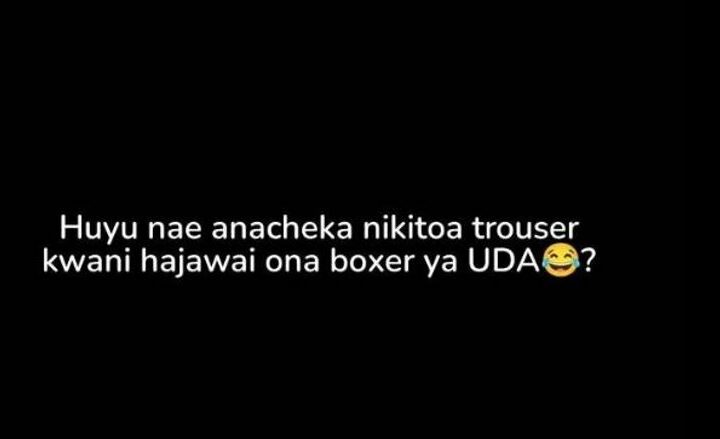 There’s a very interesting video that has been doing rounds on Whatsapp recently.
There’s a very interesting video that has been doing rounds on Whatsapp recently.
Some kind of machine is seen printing crisp Kenyan money. For some reason, the guys who deal in fake money decided to film themselves doing their illegal business.
The setting is a normal apartment house, not the warehouses we’re accustomed to in movies. Instead of large containers of ink and huge rolls of paper, the only equipment is a very compact printing machine, plus the paper to be used.
If such a money printing machine can be this small and compact, G0d knows how many are in use in Nairobi.
All the more reason for you to be careful as you received notes, especially the 1000 bob. Counterfeiting just got easier.

The Central Bank has provided these counterfeit detection guidelines.
- Portrait Watermark
A three dimensional portrait of a lion’s head can be seen when the note is held up to the light. The watermark has a three dimensional appearance with areas in varying tones of dark and light. Below the watermark is the value numeral of the banknote. This number can be seen when the note is held up to the light. Both the portrait and value numeral depict some brightness when held up to the light. - Serial Numbers
The serial numbering style is asymmetrical and has progressively larger digits in adjacent positions. One set of serial numbers appears horizontally, the other vertically. The vertical serial numbers on the left hand side of the banknote glows under UV light - See Through Feature
Each of the banknotes has a see through feature which forms a perfect complete elephant when held up to the light. When looked at from one side, the image does not form any recognizable feature unless when looked at up to the light. - Security Thread
All genuine banknotes have a distinct interwoven thread running vertically down the right hand side of the notes. When held up to the light, the thread appears as a continuous line and it shows a series of text featuring the denomination numeral of the note and the letters CBK. The current generation of banknotes features two types of threads:-
- For the 1000 and 500 shillings denominations, the thread is thicker and portrays a colour shift when viewed at angles.
- The 50, 100 and 200 shilling denominations have a thinner thread silver in colour and do not depict any colour shifts when viewed at angles.






